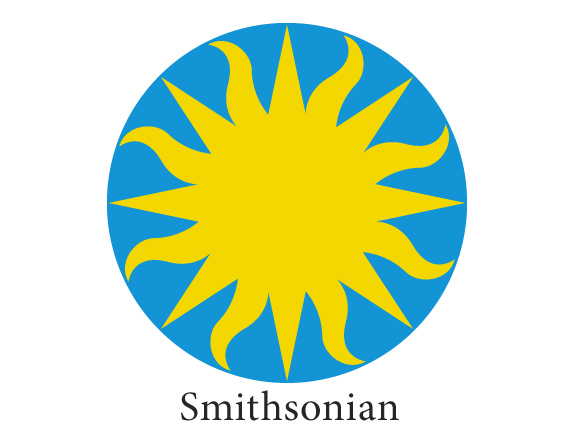“Increasing Scientific Literacy: A Shared Responsibility” Published by Smithsonian Secretary
According to national surveys, about 28 percent of American adults currently qualify as scientifically literate, and while slightly ahead of their European counterparts when it comes to scientific knowledge, Americans still have a long way to go. To this point, Smithsonian Secretary Wayne Clough has published a paper on the nation’s urgent need to improve the scientific literacy of its citizens and the key role the Smithsonian Institution can play toward that goal. “Increasing Scientific Literacy: A Shared Responsibility” is posted on the Institution’s website, Smithsonian.org, and is available in print.
“Without scientific literacy in today’s adult population and in generations to come, our nation stands to lose its ability to compete on a global scale,” Clough said. And many of the issues facing Americans today, he points out, are on a global scale and can only be approached with a firm science-based perspective: climate change, alternative fuels, medical developments, degradation of the environment. “The future of our youth depends on their fluency in science.”
“How did we get here?” and “Where are we now?” are two of the main questions Clough addresses. He lays a comprehensive foundation, reviewing the history of exploration, education and the spirit of inquiry in America. Clough then discusses the growing complexity and specialization of science, which makes it difficult for anyone to have a full grasp of the important issues.
Clough’s third question “Where do we go from here?” addresses what the Smithsonian can do to strengthen and secure America’s future in science. Energized by creative research scientists and scholars working around the world, the Smithsonian scientific research enterprise encompasses astrophysics, astronomy, zoology, biology, paleobiology, anthropology, geology, ecology and marine science. It also has the largest scientific collection in the world. Combined, the Smithsonian’s breadth and depth of knowledge and resources position it to play a leadership role in helping the nation understand the new world of science.
Using digital technology to make the Smithsonian’s expertise and collections more accessible is a priority for Clough. Currently, less than 1 percent of the 137 million objects and specimens in the Institution’s collection are on exhibit and available to the public, and there are few opportunities for students to learn from its scientists. By digitizing its collections and creating innovative platforms for interactive links to the Smithsonian, new opportunities will exist for the public and researchers worldwide. New possibilities will be created to help educators and reach underserved audiences. The digital Smithsonian is already emerging, and early efforts have yielded exciting results.
Clough also stresses that the nation’s natural history and science museums are entering a new era where, if they join forces with K-12 systems, universities and professional groups, their impact will be increased multifold. Smithsonian scientists are already “on the museums’ floor” and “on the Web” to work with children and adults alike, conducting hands-on experiments, exploring questions related to exhibition themes and allowing virtual participation in field work. The Smithsonian is also helping the nation’s teachers make the best use of the Institution’s scientific resources, as well as sending those resources into classrooms, both physically and virtually.
In his paper, Clough recognizes that there are many efforts already underway by individuals and organizations to improve scientific literacy in America, but he sees coordination and partnering as vital. “This paper serves as a call to action for the Smithsonian and like-minded institutions,” said Clough. “The Smithsonian is willing and able to facilitate a discussion about a course of action for the future.”
To read the full paper, click here: https://www.si.edu/about/secretary-wayne-clough.
# # #
SI-10-2011A
Linda St. Thomas
202-841-2517

